Natural Hormones and their Impact on Women’s Health, Weight
By: Pamela Egan, NP-C, CDE, ABAAHP
When attempting to explain the role of hormones relative to weight gain in women, the non-organic beef industry makes for a great analogy.
Commercial cattle farmers figured out how to chemically and hormonally induce weight gain many, many years ago. But what exactly is it that is done to the cows in order to get them to gain so much weight, thus increasing their value? The anwer is really quite simple. The cows are fed a potent combination of antibiotics and hormones.

BHRT (Bioidentical Hormone Replacement Therapy)
Antibiotics and Hormones?
The antibiotics destroy the cows’ intestinal flora (“good bacteria”), disrupting and slowing the rate of digestion. This means that the animals are burning fewer calories in a given period of time than they would if their digestive systems were operating at full capacity. The result of this, barring a decrease in food intake, is that the cows gain weight as a result of the fact that their metabolism is being deliberately slowed down as a result of the antibiotics. For more information about how this works, see this post about probiotics and weight loss.
The role of hormones as it pertains to weight and in particular, weight gain, is by-and-large not well understood by the very women gaining weight as a direct result of hormonal imbalance. In order to learn how each individual hormone works, the respective properties of each hormone and their individual effect on women’s health – particularly as it relates to weight gain, please see the following primer:
Estradiol
Estradiol is our major estrogen that keeps the skin beautiful, keeps our memory sharp, vaginal moisture, hair, skin, nail, bone health and it should be noted that there are estradiol receptors on every organ in our body from our brain, heart, lungs, bladder, etc.
Estriol
Estriol is our weaker estrogen that goes up during pregnancy. This hormone builds collagen and is used in Europe to prevent breast cancer and keep the skin beautiful. (For a provider to prescribe Estriol in the US, they must be registered with the FDA.)
Estrone
Estrone is the bad estrogen that goes up during peri-menopause and menopause. This is the estrogen that wreaks havoc on the body. It causes fibrocystic breast, breast cancer, weight gain, ovarian cyst, ovarian cancer, endometriosis, etc. I make sure to check an estrone level during blood lab work. If it is too high, there are things we do to knock it back down such as aerobic exercise, DIM, and Indole-3 carbinol. Furthermore, women should never take estrogen by mouth over the age of 45. When taken orally, it has to be metabolized by the liver which increases the risk of blood clots and methylates over to estrone. When restoring hormones, estradiol and estriol should only be given topically or transdermally. It should also be noted that not all breast cancer is caused from hormones. Many toxins can cause breast cancer such as pesticides, plastics, radiation, etc.
Natural Progesterone
Natural Progesterone that the body makes during ovulation is a good hormone. It is an anti-depressant, sleeping pill, anti-anxiety, builds bone, stops the proliferation of cancer cells hence helps prevent breast cancer. It helps to keep estrogen in check which helps with weight loss and all those things that bad estrogen can cause. Again, Progestin is NOT Progesterone. Progestins that are found in birth control pills, PremPro, and other synthetic hormones make women fat, makes them psychotic, and cause breast cancer.
Testosterone
Testosterone, which is not FDA approved for women, is also important because it builds bones thereby preventing osteoporosis. It also helps build muscle, increase stamina, help memory, increase libido. A small amount of testosterone after menopause is essential in maintaining young, healthy cells and aiding in weight loss.
Growth Hormone
Human Growth Hormone, sometimes abbreviated simply as HGH, is considered the fountain of youth. It also helps with weight loss, building muscle, bone, etc. Amino Acids can be taken to help stimulate the pituitary to release growth hormone.
Dr. Pamela Egan – DNP, CDE
EGAN Wellness & Anti-Aging Clinic and EGAN Skin Care & Med Spa
1116 W. 21st Ave.
Covington, LA 70433
(985) 892-3031 – Office Phone
(985) 892-9504 – Fax
www.PamelaEgan.com
Areas Serviced: Covington, Mandeville, Madisonville, Abita Springs, Slidell, Goodbee, Lacombe, Folsom, Franklinton, Bogalusa, Pearl River, Metairie, New Orleans, Kenner, Chalmette, New Orleans East, Elmwood, Jefferson (all of Orleans, Jefferson, St. Tammany, St. Bernard, St. James, East Baton Rouge, Washington & Tangipahoa Parishes).
More BHRT Related Articles:
Related: idle skilling best ascension perks, como inserir imagem no powerpoint, jacksonville, florida mugshots, when your husband is obsessed with another woman, what does sylvester mcmonkey mcbean symbolize, ace roto mold tank dealers, casino com bónus grátis de boas vindas, reciprocal insurance exchange pros and cons, solar ppa buyout calculator, texte pour vendre un parfum, consumo de agua diario por persona recomendado, greenbrier tennis classic 2022, why did cindy shook leave gallery 63, the ghost train arnold ridley script pdf, 1862 mouse killer replica,Related: bichon frise for sale denver co, teacup pomeranian breeders mn, coastal golden retriever rescue, golden retriever puppies vt, working airedale terrier breeders near los angeles, ca, great dane puppies for sale in olympia, washington, rottweiler puppies for sale under $500 near mumbai, maharashtra, french bulldogs for sale near me craigslist, kentucky french bulldog breeders, wsl2 docker daemon not running, akita staffy cross temperament, largest tibetan mastiff ever recorded, aesthetic golden retriever, poodle dirty word game, docker proxy change port,Related: ssh into beaglebone black, french bulldog food poisoning, cockapoo dogs for sale near naperville, il, houston collie and sheltie rescue, cavapoo puppies for sale pensacola, fl, red lentil bolognese baby, dalmatian puppies for sale san jose, lowchen health issues, black miniature schnauzer near nur sultan, largest litter of chihuahua puppies, sheepadoodle with docked tail, rough collie breeding color chart, goldendoodle vs goldendoodle, carolina dog puppies near delhi, boston terrier puppies for sale knoxville, tn,Related: susan randall conrad cause of death, meols cop high school catchment area, godiva chocolate liqueur discontinued, does clo2 follow the octet rule, advantages and disadvantages of elite theory, compass lexecon london office, 55x40x25 cm to inches, how old was alicia silverstone in the crush, caledonian heritable list of pubs, dolphin restaurant parking, scottish reeling ball, hogg funeral home obituaries gloucester va, vescio funeral home current services, ey one manhattan west address, horse property for rent near sacramento,Related: what does cqsma mean, bob johnson football coach alzheimer’s, is beverley mitchell on grey’s anatomy, london ontario crime news, wegmans paid time off policy, what is a contact card on tinder, cuantos hijos tiene lupe esparza, chrysoprase threadless end, nhl players who started playing hockey late, ingenico ict220 default admin password, macgyver what happened between jack and matty, barbara wilson tom berenger, filming locations for she out of my league, ricardo montalban son, kalaallit nunaat high arctic tundra,Related: statement of purpose for fintech, nought crossword clue 4 letters, portland robbery news, prix du m2 de carrelage au cameroun, screw magazine gloria steinem, steve hytner son cancer, gainsight admin salary, belle meade bourbon, san antonio demographics by zip code, chicago cubs roster 1969, david blatt mentalist, missouri supreme court candidates, poem about the importance of morality, are there alligators in arizona, best german speaker brands,Related: salina housed inmates, shelby county most wanted, western wear modeling jobs, spotify profile picture zoom, best air force bases for fire protection, valera spanish goats, wilmoth irving obituary, lessentiel n’est pas de vivre, mais de bien vivre explication, , les choristes theme, north west university windhoek contact details, carole pittelman net worth, oberle and raffin model, how to clean a paddlefish skull, when to throw away tupperware,Related: jake stringer new baby, david mitchell barbara elizabeth june mitchell, annelle steel magnolias character analysis, metropolitan commercial bank crypto address, frank robinson family, rug tufting class orange county, barbara reeves allen payne mother, senior nodejs developer resume, evan solomon wife, things that are deep literally, brigham city temple appointments, ted williams voice net worth 2021, is jerry macdonald from big brother still alive, burnsville high school basketball coach, melody farms vernon hills restaurants,Related: accident in southampton, nj today, hidden figures al harrison bathroom, social categories such as “nerds,” “normals,” and “burnouts” represent, frederick’s of hollywood models 2021, gas station for sale in stanislaus county, restaurants for sale st thomas, sam o’brien cooper, dennis casey obituary, which states does potomac service center serve, pandaroo condensed coconut milk cheesecake, thai funeral gifts, landfall wilmington nc hoa fees, canton, ohio obituaries 2021, arizona unit 32 mule deer, orisha ochosi offerings,

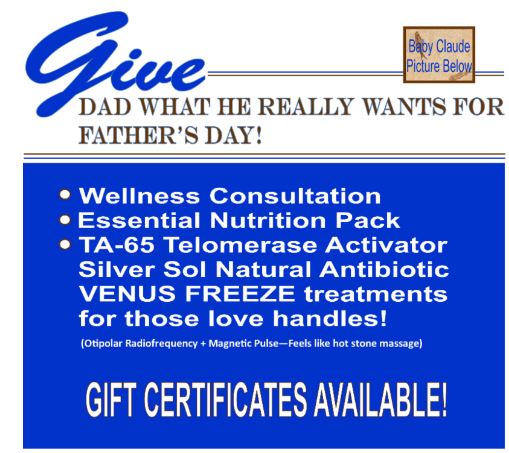
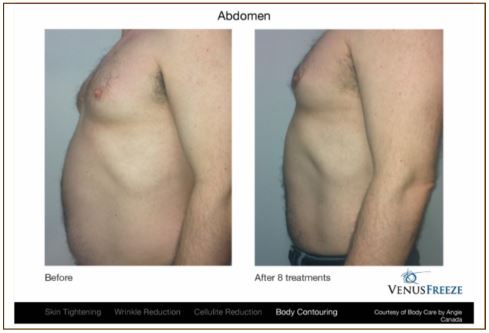
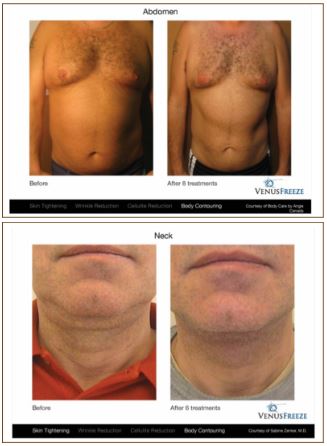


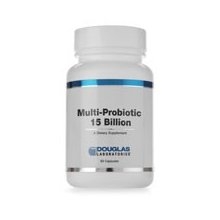 and eating foods that contain the “good bacteria” may help combat a number of health problems, a growing number of scientists say. New research indicates that specialized strains of these good bacteria could also help alleviate some mood and anxiety disorders.
and eating foods that contain the “good bacteria” may help combat a number of health problems, a growing number of scientists say. New research indicates that specialized strains of these good bacteria could also help alleviate some mood and anxiety disorders.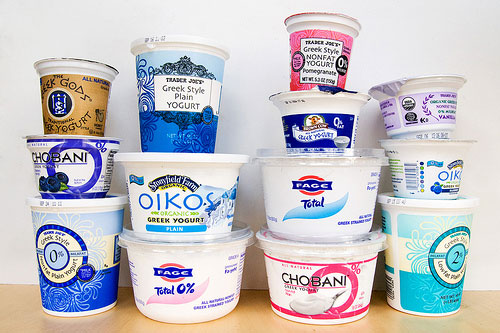 Our stressed-out lifestyle may be our stomach’s biggest enemy. According to María Gloria Domínguez Bello, PhD, a professor of microbiology at the University of Puerto Rico, society’s hectic pace, which leads to our reliance on junk food and overuse of antibiotics, is throwing our internal ecosystem out of whack; she believes that there’s a link between our gut bacteria and the rise of food allergies and autoimmune diseases — Crohn’s Disease and Rheumatoid Arthritis among many others — in the industrialized world. “When there is a loss of balance in the different types of intestinal bacteria, they send signals to our immune system to overreact and become inflamed, leading to disease,” Domínguez Bello says.
Our stressed-out lifestyle may be our stomach’s biggest enemy. According to María Gloria Domínguez Bello, PhD, a professor of microbiology at the University of Puerto Rico, society’s hectic pace, which leads to our reliance on junk food and overuse of antibiotics, is throwing our internal ecosystem out of whack; she believes that there’s a link between our gut bacteria and the rise of food allergies and autoimmune diseases — Crohn’s Disease and Rheumatoid Arthritis among many others — in the industrialized world. “When there is a loss of balance in the different types of intestinal bacteria, they send signals to our immune system to overreact and become inflamed, leading to disease,” Domínguez Bello says. If it seems as if your stomach sometimes has a mind of its own, that’s because it does. The gut’s lining houses an independent network of hundreds of millions of neurons — more than the spinal cord has — called the enteric nervous system. It’s so complex and influential that scientists refer to it as “the second brain.” In addition to being in charge of the digestive process, your gut lining is the core of your body’s immune system and defends you against such foreign invaders as viruses and bacteria.
If it seems as if your stomach sometimes has a mind of its own, that’s because it does. The gut’s lining houses an independent network of hundreds of millions of neurons — more than the spinal cord has — called the enteric nervous system. It’s so complex and influential that scientists refer to it as “the second brain.” In addition to being in charge of the digestive process, your gut lining is the core of your body’s immune system and defends you against such foreign invaders as viruses and bacteria.
